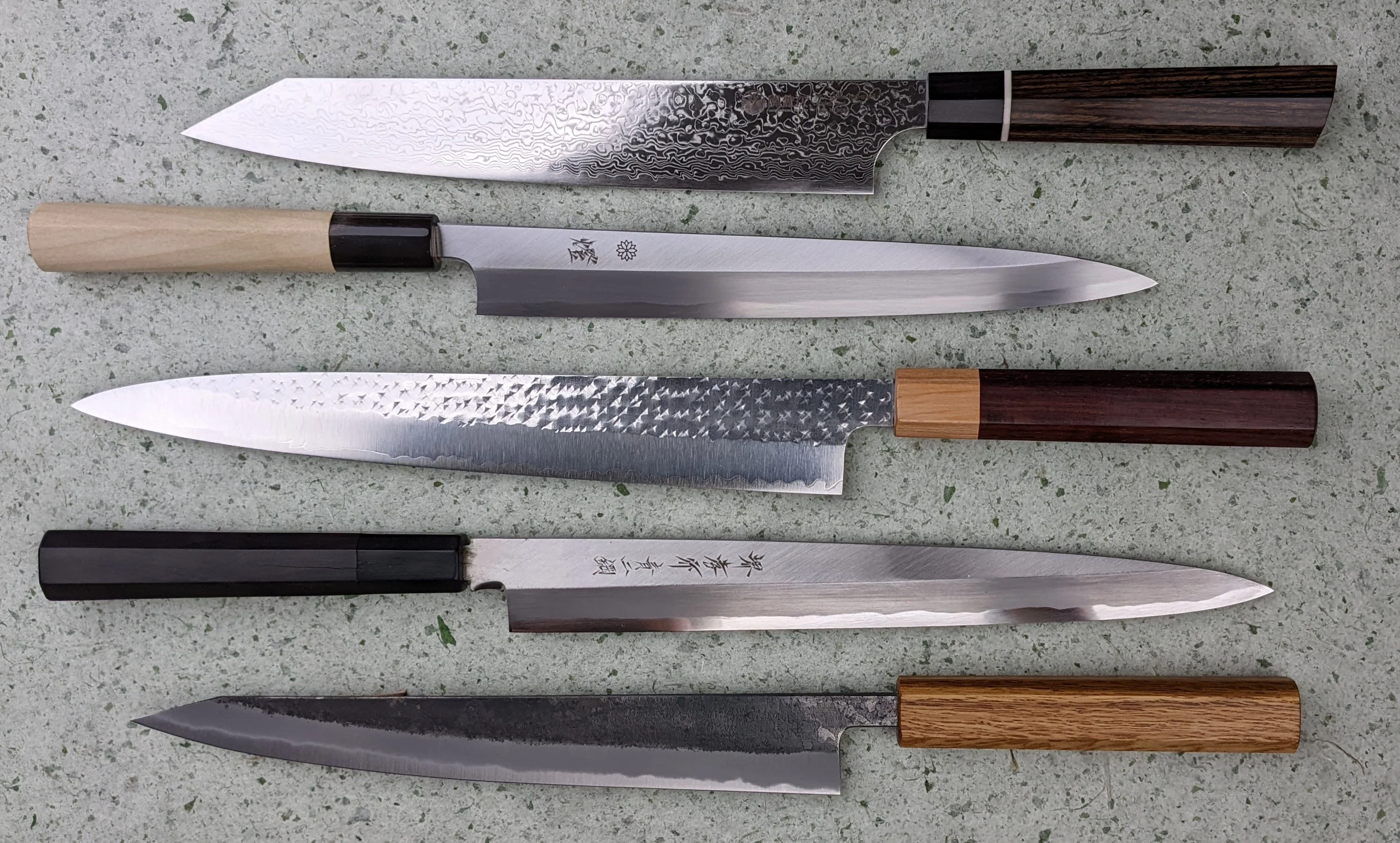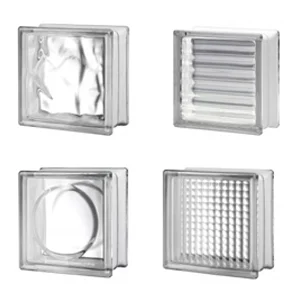
In the realm of Japanese cutlery, the Yanagiba knife stands as a true embodiment of precision and artistry. Renowned for its exceptional sharpness and delicate slicing capabilities, the Yanagiba is an essential tool for any chef or sushi enthusiast. In this exploration, we’ll journey through the world of Yanagiba knives, uncovering what makes them the best choice for achieving culinary perfection.
- The Yanagiba Knife: A Slice of Culinary Excellence
The Yanagiba, whose name translates to “willow blade” in English, is a traditional Japanese knife with a long, slender blade designed for slicing sashimi and delicate ingredients with utmost precision. It’s the quintessential tool for sushi chefs and anyone seeking to create beautifully plated, paper-thin slices of fish or other ingredients.
- The Blade: A Masterpiece of Sharpness
What sets the Yanagiba knife apart is its blade. Crafted from high-carbon stainless steel or high-carbon steel, it boasts exceptional sharpness and edge retention. The blade is long, typically ranging from 8 to 12 inches, with a single bevel edge, meaning it is sharpened on only one side. This asymmetrical design allows for ultra-fine cuts, ensuring that each slice is as thin and consistent as a petal.
- Yanagiba Variations: Honing Precision to Perfection
Within the world of Yanagiba knives, there are variations tailored to different purposes and levels of expertise. Here are a few notable types:
- Standard Yanagiba: This is the most common Yanagiba knife, featuring a blade length of around 9 to 11 inches. It’s versatile and suitable for a wide range of slicing tasks.
- Takohiki: The Takohiki Yanagiba is characterized by its squared-off tip, making it ideal for slicing octopus (tako) and other delicate seafood.
- Fuguhiki: Designed specifically for slicing fugu, or pufferfish, this Yanagiba knife has a unique shape and is often used by highly skilled chefs due to the precision required when handling this potentially toxic fish.
- Shobu Yanagiba: This variation is known for its gracefully curved blade, resembling a Japanese iris leaf (shobu). It’s prized for its aesthetic appeal and is often used for decorative slicing.
- Craftsmanship: Forging the Yanagiba
The Yanagiba knife is not just a tool; it’s a work of art. Crafting a Yanagiba requires the skill and dedication of master artisans. The blade undergoes a meticulous forging process that involves folding and hammering high-quality steel to create a blade that is not only sharp but also exceptionally strong.
Traditional Japanese blacksmiths, known as “Togishi,” take great pride in the creation of Yanagiba knives. They employ centuries-old techniques, such as creating the mesmerizing wavy pattern known as “hada” or “tsuchi” on the blade’s surface. This pattern not only adds strength but also enhances the knife’s visual appeal, making each Yanagiba a unique piece of culinary art.
Yanagiba knives crafted by Sakai Genkichi are renowned for their exceptional craftsmanship and distinct features that make them indispensable tools for sushi chefs and culinary enthusiasts alike.
- A Slice of Culinary Excellence
In the world of Japanese cutlery, the Yanagiba knife is revered for its precision and elegance. Whether you’re a professional sushi chef crafting exquisite sashimi platters or a home cook aiming for culinary perfection, the Yanagiba is an indispensable tool. Its exceptional sharpness, delicate slicing capabilities, and traditional craftsmanship make it a cut above the rest, ensuring that each slice you make is a testament to your culinary artistry.

